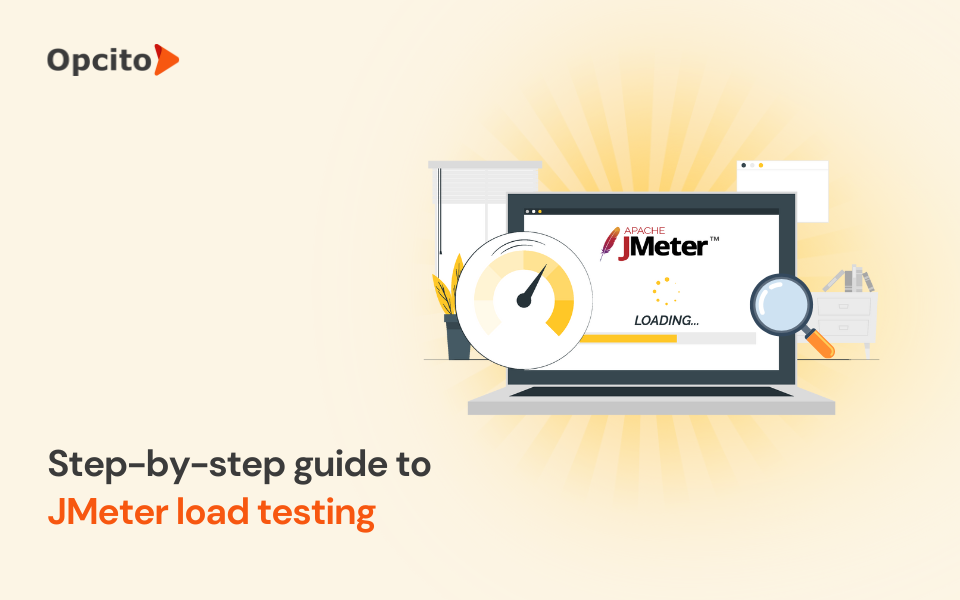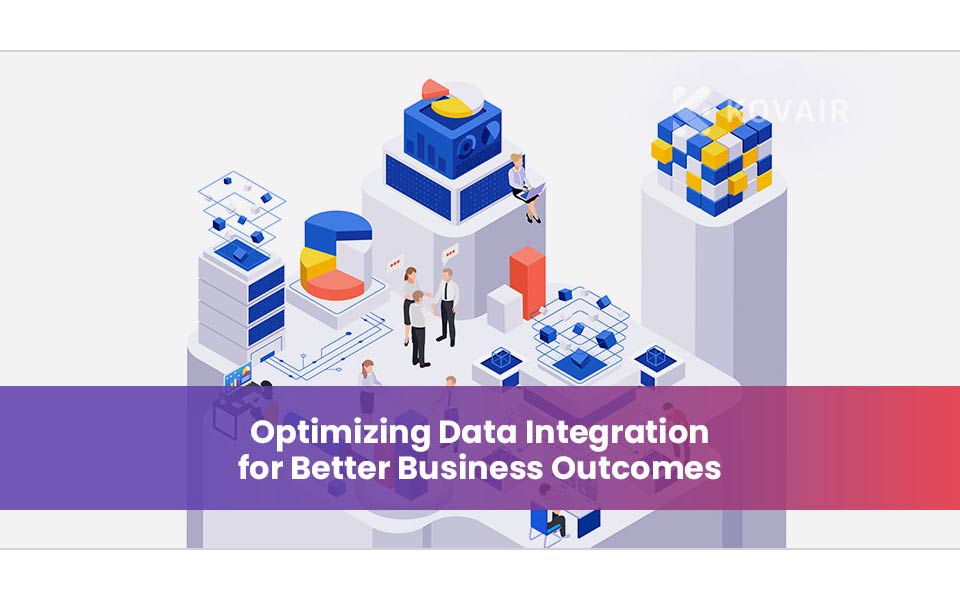Gathering requirements is an intrinsic part of the project development cycle. In real-life settings, it can often get tough to describe the sine qua non for the project development cycle because the circumstances and the requirements of every scenario are always evolving or shifting. Furthermore, the need for highly sophisticated software is at an all-time high as enterprises wrestle among themselves, as well as try to grow alongside the furious pace of the evolution of technology, to distinguish themselves in an extremely competitive market.
As a result, the effective management of requirements in a software’s development cycle becomes crucial for the final product’s success. This is more so considering the fact that errors, when detected late during the maintenance phase, can cost up to 200 times more than when they are detected early in the requirements analysis phase and consume more than 40% of the development budget due to inefficient requirements management.

Source: Relative cost to repair a defect at different lifecycle phases
The requirements management function is the initial stage in a traceability chain that extends from requirements to the creation of user stories, designing, coding, testing, and deployment. Today, we’ll go over the specifics of requirements management and understand why it occupies such a significant place in project management.
What is Requirements Management? How does it work?
Requirements management is an ongoing process that takes place through the duration of a project where one records, analyzes, tracks, prioritizes and agrees on requirements before controlling change and communicating the development to relevant stakeholders.
A requirement is a characteristic, specification, functionality, or limitation that your product must have before it can be delivered to the customer. These lay the groundwork for the product’s vision, scope, expenses, and timeline, and must subsequently aim for a finished product that is equal in quality and performance.
In this view, requirements management can be defined as a sequential series of activities that help guarantee that the elicitation, record keeping, fine-tuning, and modification of requirements are satisfactorily addressed during a lifecycle, with the objective of fulfilling the core objective or need in a commensurate manner and to the pleasure of the customers.
The importance of Requirements Management
A requirements management strategy is crucial for project success since it allows engineering teams to regulate the scope and guide the product’s development lifecycle. With a requirements management plan, you can transcend the sheer complexity and dependencies that are a part of most engineering lifecycles today, thus allowing you to standardize product development while expediting deployment.
Studies have shown that requirements management improves all major aspects of organizational strategy by:
- cutting down costs
- enhancing quality
- reducing the time taken
- diminishing risks
- allowing efficient scope management

As per a Business Analysis Benchmark study taken by IAG Consulting, 68% of organizations polled utilized poor requirements management practices and disclosed that while estimating a project at $3 million, it will be under budget less than 20% of the time. On average, organizations that had poor requirements management practices exhaust 34% of the average company’s IT expenditure and add 13.7% of post-deployment upkeep costs on top of already inordinate overruns.

The Requirements Management plan and process
A requirements management plan (RMP) explains the method in which you will obtain, evaluate, record, and maintain all project requirements. The plan generally includes it all, from the initial gathering of project information to more comprehensive product requirements that may be collected during the project’s lifecycle. A typical RMP’s components include the following:
- Stakeholder roles and responsibilities
- Requirements management process (elicited, analyzed, documented, and managed)
- Outlining of requirements types
- Mapping of requirements artifacts
- Naming and numbering convention
- Prioritization of requirements
- Tracking requirements
- Requirements versioning
- Requirements change control
- Correspondence plan for requirement changes
- Requirements management tools
Requirements management process
The process is a critical component of the requirements management strategy. You must have a mechanism in place that combines the following steps: define stakeholders, procure and analyze requirements, record requirements, correspond, evaluate, track, maintain, monitor, and report. The phase is crucial because you want it to be reproducible so that a requirements change does not start a new process.
A standard requirements management process includes the following steps to supplement the V model of systems engineering:
- Identify stakeholders and gather/elicit initial requirements
- Assess requirements
- Record and evaluate requirements
- Verify, validate, and prioritize requirements groups
- Agree on and sanction requirements
- Track requirements to work items
- Interrogate stakeholders after execution on needed changes to requirements
- Employ test management to confirm and prove system requirements
- Evaluate the impact of changes
- Control and direct changes to requirements
- Record changes
- Communicate changes to requirements compliance
Engineering teams can leverage the complexity fundamental to creating intelligent, interlinked products by following these steps. Using a requirements management solution streamlines the process, allowing you to improve your time to market and enhance your possibilities while improving performance.
Requirements attributes
In order for a requirement to be considered “good”, it should have definite attributes, which include being:
- Specific
- Testable
- Clear and concise
- Accurate
- Understandable
- Feasible and realistic
- Necessary
Benefits of Requirements Management
A well-defined requirements management plan allows you to record, track, analyze, and make changes to requirements in a safe, central, and freely obtainable location. This improves cooperation, increases visibility and accountability, reduces revamping, and enhances usability.
Improving the transparency of your requirements has a significant impact on the quality of your products. Having an actual requirements management process in place can help you avoid project failure, unearth challenges earlier in development, and prevent serious errors from occurring that could negatively affect your organization’s reputation if they become public. In this section, we’ll look at the advantages of prioritizing good requirements management.
Increase productivity and improve product performance
When implemented correctly, requirements management can boost your company’s overall performance by lowering the amount of rework that engineers have to perform. You can eliminate errors caused by inexact, wide-off-the-mark data by making sure that all pertinent information of a product is recorded in a lucid, intelligible manner so that your team can develop products to their specifications the first time around.
Adapt to change faster
Requirements management also enables organizations to acclimatize themselves more quickly. Things can turn around in the blink of an eye in the software development lifecycle, and it’s unavoidable that your company will, in due course, have to deal with eleventh-hour modifications to a product that could arrive from almost anywhere.
When you have a proper process in place, any change request made from anywhere in development is instantly spread to all relevant teams in the chain immediately, thus keeping everyone in the loop.
Reduce time to market
This is the consequence of improved productivity and the capacity to adjust to change more quickly. Finally, your company will shorten the time it takes to get a product functional and to the customer. A great many organizations today are increasingly coming under pressure to reduce their product’s lifecycle length, and a good requirements management process can help you attain exactly that.
Easier traceability and auditing
Traceability is required in regulated sectors in order to demonstrate conformity and compliance. In the presence of a proper requirements management system, the process of tracking each requirement during the course of each stage of the development lifecycle, traceability becomes vastly more straightforward.
This is also beneficial when it comes to auditing. Having a good requirements management plan in place allows you to easily track all developments back through the development lifecycle and give you greater peace of mind.
Conclusion
Requirements management should be performed at every stage of the lifecycle — right from strategic analysis & planning to implementation and operations. Attempt to interact with and have your customers, project managers, stakeholders, and business managers all partake in the requirements management process from the start. Along the same lines, tools like Xebrio, Jama, and Inflectra are excellent with regards to all things project requirements management and beyond.
The aim has always been to avoid surprises of any kind; everybody must understand their responsibilities and when they will occur, and requirements design and change control should be done in a manner that is as controlled as it is detailed to ensure that all requirements are comprehended and authorized and watch this approach have a dramatic impact on improving project outcomes.
Source: Why Requirements Management is Essential for Project Management


































